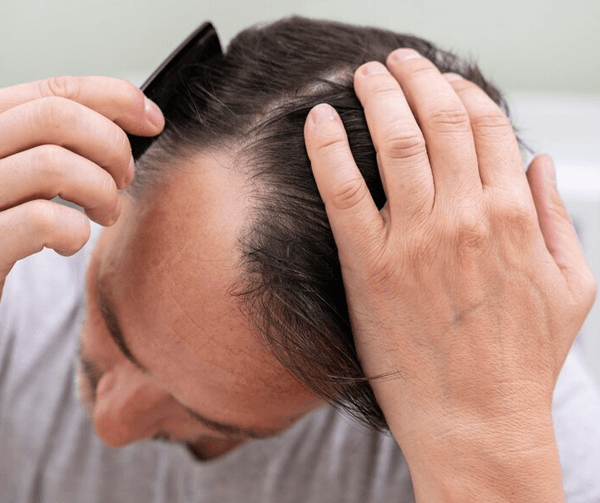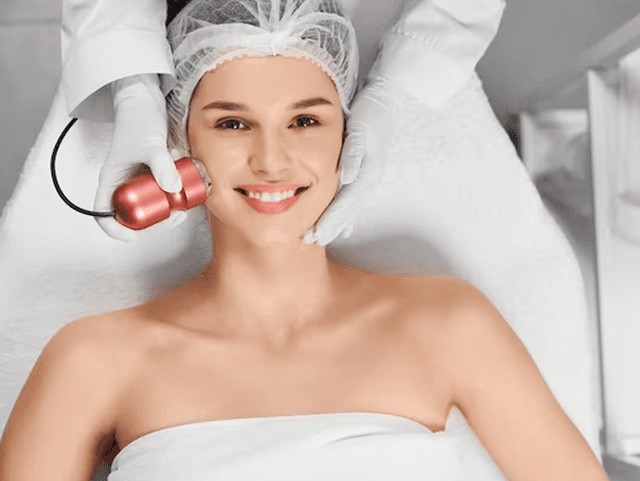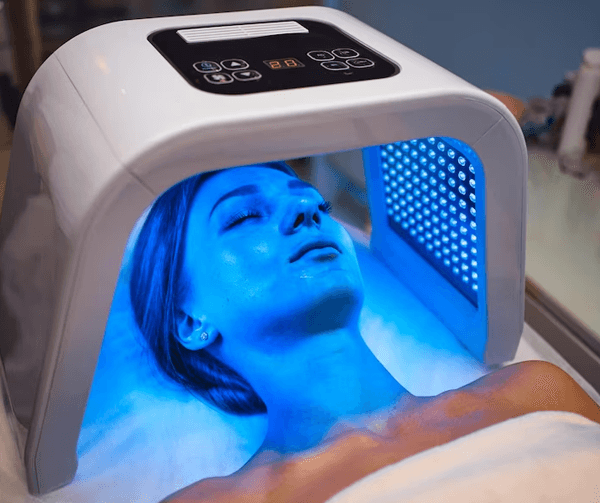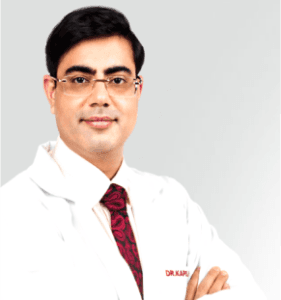In the previous article, we looked at what platelets are and what PRP is and how it has been used in sports related medicine as well as several other specialised branches of medicine. In this article, we will concentrate specifically on PRP and hair restoration.
In order to understand why and how PRP works, it is important to understand how PRP is created:
The first important thing to know about PRP is that it is made from the blood of the person, who is going to be treated. This means that the chances of any infection or allergy are minimal and there is almost no chance that the patient will reject the treatment. Blood will be taken out using a syringe and normally, the blood is extracted from the arm. The blood will then be deposited into tubes and these will be placed inside a centrifuge. The centrifuge will be spun for a certain amount of time.
The action of the centrifuge spins down the red and white blood cells, as well as the platelets to a concentrated level. Blood plasma that has high amounts of platelets is then removed and ideally there are 4 to 8 times the number of platelets in it. There are some more processes that the plasma is subjected to, and then the PRP is ready for use.
Finally, let’s look at how PRP works in the world of hair transplantation:
The manner in which PRP works in the world of hair transplant and restoration is multi-pronged:
- It helps preserve as well as improve the viability of hair follicles, not only during the hair transplant process, but also after it
- It promotes and improves the process of tissue repair
- It enhances the healing process, after a transplant
- It helps with the reinvigoration of cells that have gone dormant
- It helps stimulate the growth of new hair:
Let’s take a more in depth look at how PRP functions in relation with hair transplantation
To improve and preserve the viability of hair follicles – From the minute the hair follicles are removed, till the time they are transplanted into the recipient area, there are plenty of chances that the follicle can get damaged. For starters, the follicles could get dehydrated, because if they are not constantly moistened, they could lose their natural moisture, and eventually become unviable. Follicles require oxygen and nutrition too and if they do not receive either, they could ‘starve’ and this happens when the blood supply to the follicles stops. Similar problems can arise when there are changes in the temperature or pH. There is also the problem related to revascularization injuries, because many a times when the follicle is transplanted, it is unable to readapt to the blood supply.
The most common manner of maintaining the viability of donor hair follicles is to place them in a solution, that offers them the perfect environment till the time they are implanted. The solution will provide the appropriate chemical balance, nutrient supply and temperature to ensure that the follicles do not lose their viability. Studies have shown that when PRP is added to this storage solution, it increases the viability and eventually promotes the growth of hair in the transplanted area. Some authors strongly recommend that the follicles should be given a bath in PRP, just before they are being transplanted. When the platelet growth factors come into contact with the follicle stem cells, they are able to invigorate them, leading to improved hair growth.
To increase and enhance the healing and repair of tissues – There are growth factors in platelets and these are released at a site of injury to enable the start of the healing process. They not only help with the creation of clots, but also promote the repair of tissues, hence enabling complete healing. So, when PRP is used for a hair transplant, it helps with faster healing and also reduces the possibility of the formation of any scars. In addition, the PRP also helps with the proper growth of the newly transplanted hair follicles.
One of the most popular methods of using PRP for the healing process is to inject the PRP at the site of the incisions and this will improve the entire process of healing. However, there are plenty of people who are not in favour of using PRP injections in all cases; rather, they have suggested that it be used only in those cases where there might be a previous injury or scarring.
To reinvigorate hair follicles that have become dormant – When the benefits of PRP were acknowledged at a large scale, there were new studies on how they could work on hair follicles that might have become dormant. The idea behind these studies was that the growth factors in the PRP would invigorate the dormant hair follicles and initiate the production of new hair. PRP was applied to the scalp after it had been injured slightly, and the site of the injury allowed the PRP to enter the body and start working. Studies showed that within 4 months of the treatment, there was visible growth of new hair.
Finally, there is the question of possible side effects and complications:
PRP has next to no chances of causing any allergy, hypersensitivity or reactions, because it is created from one’s own blood. However, it is important that sterile techniques are used at every step, right from the extraction of the blood to the centrifugation and the final application. The sterility is all the more important, if the patient has a pre-existing medical condition.
There could be a little swelling at the site where the PRP is injected, but this would be temporary and will not last for more than a few days. This inflammation is often associated with the release of the growth factors.







